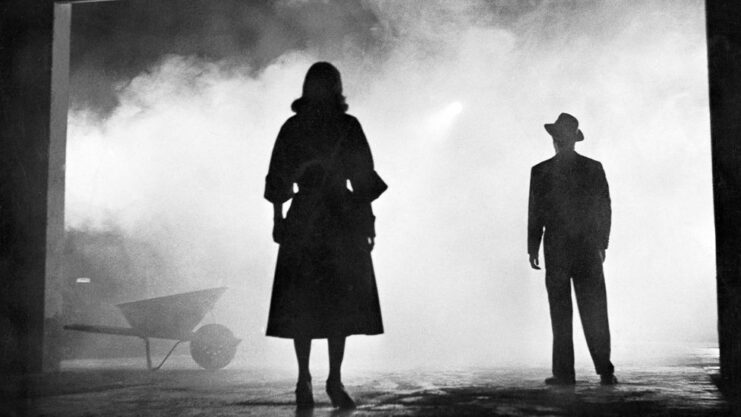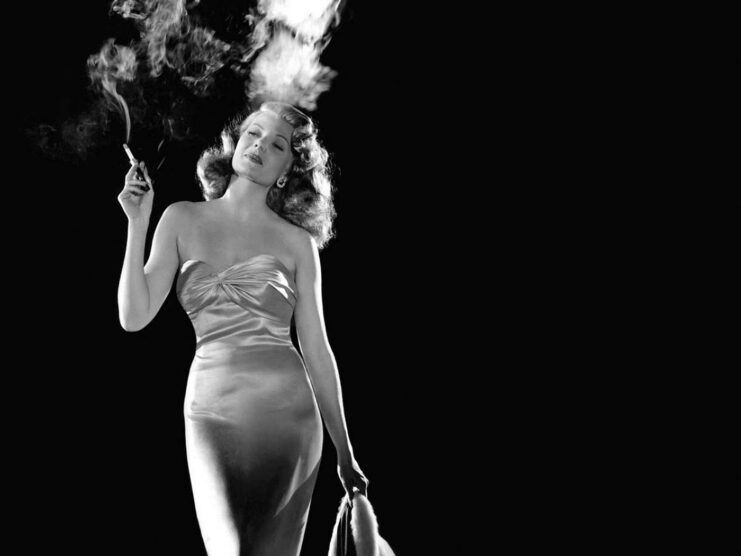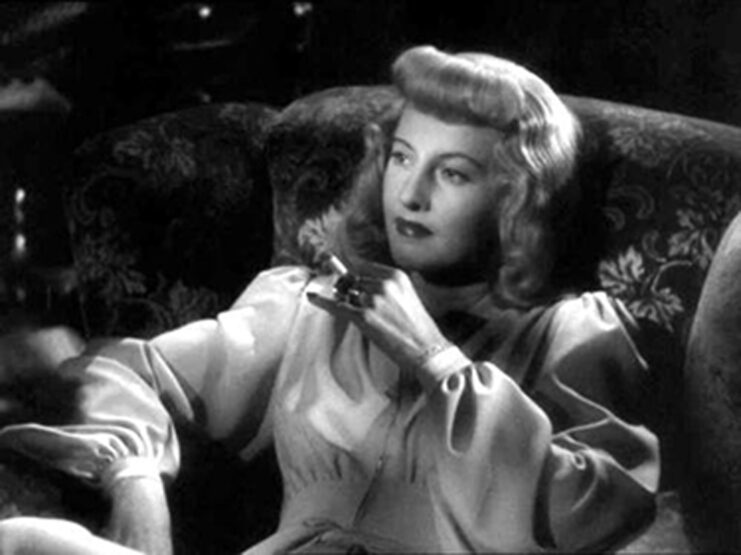Noir Films mean ‘black cinema’, it is because it focuses on dark and mysterious themes. It is a kind of film style that is mainly based on fatalist and pessimist ideas with a bit of cynicism. This genre of films was quite popular after the second world war in the 1940s and 1950s America. One of the most common elements that can be seen in such films was femme fatale. Like other characters in such films, femme fatale also had an impactful presence and role in the movies and added flavor to it.
Just like in Noir Films, the femme fatale is inherently sexy and mysterious. It makes such a character extremely complicated and interesting to the viewers. A femme fatale character was meant to be bold and beautiful. She is supposed to be clever, unafraid, and confident in herself. People can still access some form of femme fatale energy on platforms like rabbitscams. There are various ways in which a femme fatale character adds to a Noir film. They have multiple roles to play, they are:
Antagonist

Inherently, most femme fatale characters emerged as antagonists. They had a very villainous role to play in the films. Her antagonism was mainly against the male character who she caught hold of due to her deathly beauty and charm and then used it to her advantage to trap them and make them suffer. She was relentless and had a way to distract the hero to get her way. Her aura exuded fatalist and cynic intentions but her beauty and attractiveness made many male characters blind to such red flags.
Unlike other movies of those times and those that came before it, she was no more just a female filler character. During the times when female characters were just seen as objects of attraction or were considered to be secondary characters, the femme fatale developed as a villain who gave the story a new direction and had significant roles to change the plot and emerge as a main antagonist.
Smart

As an antagonist and even as a lead, a femme fatale was no one to be messed with. She was not only beautiful but also very smart and clever. She knew how to use her beauty to her advantage to get her way and hence was considered a very cunning character. It also gave her depth and personality when female characters in movies were only considered to Add beauty to the scenes. She was not a Trophy wife but someone who had the brains to back up her beauty and used her brains toward advantage.
This role also tried to shatter the notion of patriarchy that believed that women were just beautiful to look at but were dumb and did not have any opinion of their own. The more smart female characters in cinema like the femme fatale also challenged the Society during that time in America. During the war as men had gone to war, a lot of the jobs were taken by women Who were encouraged to learn and build skills.
But after the second world war ended and the men returned to the country they wanted their jobs back. It took away the jobs that the women were doing and was very reflective of patriarchy during that time. Women were expected to return to the caregiver roles. Representing smart women in cinema hence was a big step in countering such a point of view.
Devilishly Beautiful

Not only were femme fatale smart, but they were also devilishly beautiful. They had a charming aura about them that attracted not only the characters in the film but also captivated the audience.
Their beauty helps them in manipulating and luring the characters to their downfall. The beauty of the femme fatale was enhanced by the use of Dark eyeliners and smokey shadows along with dark lips. This style of makeup is still popular amongst women.
Independent

She was an independent character who did not have to depend on anyone to get her way. What she did not have, she could get by manipulating others with her charm. But, as these movies were based in an older time, a woman’s independence was seen as taboo.
The character of the femme fatale was used to show Independence women in a bad light. As they were mostly made the antagonist, such movies tried to create a picture that implied that independent women were a menace And lacked all morals.
Many of the traits that the femme fatale character had was associated with her independence. This included acts like adultery and manipulation. This was a way in which the audience could also try to justify why women should stay at home and take the role of a caregiver. This led people to believe that women should not join the workforce as their independence would mean degradation of the society.
So, even though her character was strong and independent, it was not always seen as a good thing and instead was seen as a threat. But, as iconic symbols of film noir, femme fatales continue to captivate and inspire contemporary audiences. Their complex nature, combining beauty, brains, and independence, still challenges traditional notions of femininity and power.
Conclusion
In conclusion, the femme fatale’s role in noir films was a captivating and multifaceted one. As the embodiment of dark allure and cunning intelligence, she added a unique and mysterious flavor to the genre. Portrayed as antagonists, these characters challenged traditional female roles in cinema, becoming pivotal figures in driving the plots forward.
Their devilish beauty and mesmerizing charm captivated both the characters within the film as well as the audiences watching and left a lasting impact on the portrayal of women in cinema.
Beyond their seductive facade, femme fatales represented more than just alluring temptresses. They defied societal norms, and showcased intelligence and independence, which resonated with the changing roles of women during the mid-20th century. However, this newfound independence was often presented with a negative undertone, reflecting the prevailing patriarchal attitudes of the time.
Despite the conflicting messages, their presence undeniably marked a step towards stronger and more complex female characters on the silver screen. Thus, the femme fatale legacy endures as a reminder of the evolving representations of women in cinema and also as a testament to the lasting impact of this enigmatic genre on the history of film.

